Am Girls’ Day 2025 besuchten insgesamt zehn Mädchen die Workshops des SFB-TRR 161 in Konstanz und Stuttgart.
Girls’ Day 2025: Virtuelle Dinos, hungriger Pac-Man, und vieles mehr
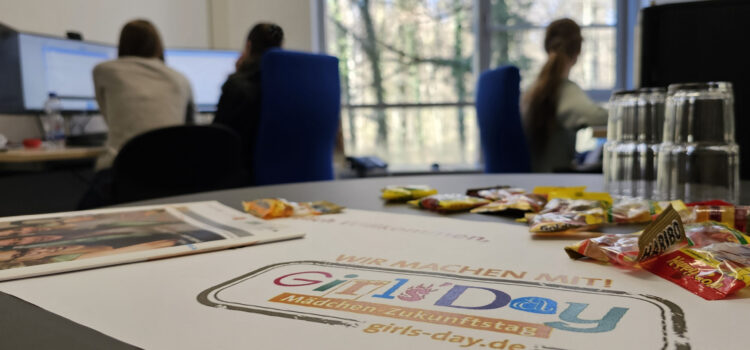


Am Girls’ Day 2025 besuchten insgesamt zehn Mädchen die Workshops des SFB-TRR 161 in Konstanz und Stuttgart.
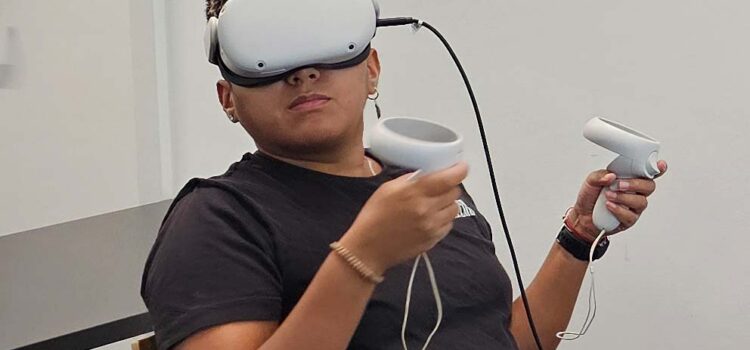
Members of various SFB-TRR 161 projects came together and offered a Unity Crash Course at the University of Konstanz in October 2024.
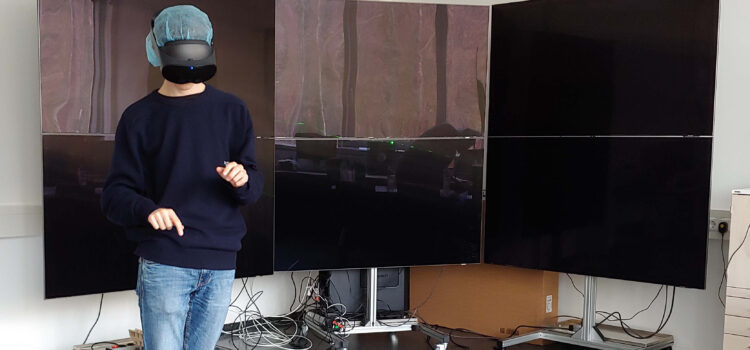
Im März verbrachte Flavio sein Bogy Praktikum an der Universität Konstanz in der AG Life Science Informatics von Prof. Falk Schreiber.
Hier ist sein Bericht:
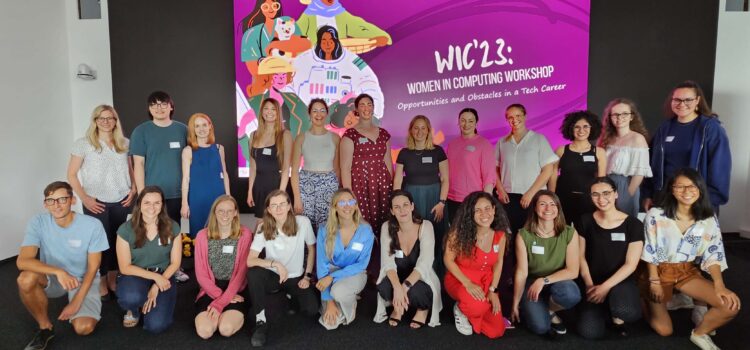
After a successful workshop the year before, Women* in Computing was ready for another round at the University of Konstanz in 2023.
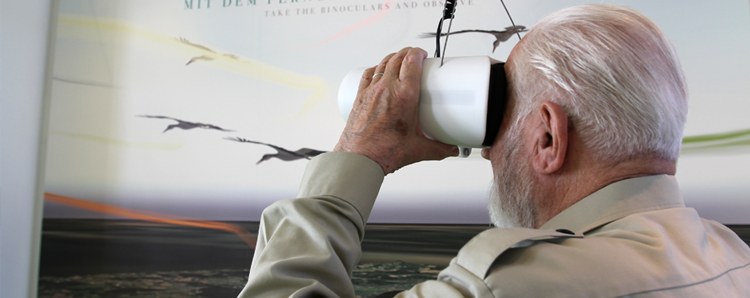
Mit Hilfe von VR-Ferngläsern ist das zur Zeit auf der Konstanzer Insel Mainau in der Ausstellung „Vom Bodensee nach Afrika – mit ICARUS auf Langstrecke“ möglich! An verschiedenen Stationen kann man hier die Entwicklungen in der Tierbeobachtung nachvollziehen und sich interaktiv über aktuelle Forschungsergebnisse informieren.
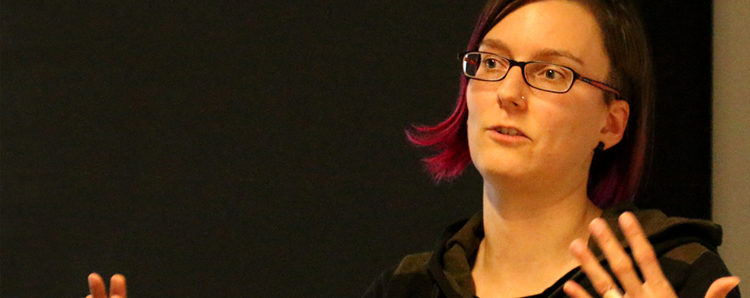
Prof. Dr. Uta Hinrichs from the University of St. Andrews in Scotland visited the project group of Prof. Dr. Harald Reiterer at the University of Konstanz end of October 2017. During her stay, she held an interesting talk about ‘Visualization as a Process’ where she illustrated the benefits and drawbacks of different visualization tool paradigms on the visualization creation process and outlined how an emphasis on “process” may open up new ways of discussing the role of visualization across disciplines and contexts. After her talk she kindly was available for a short interview.
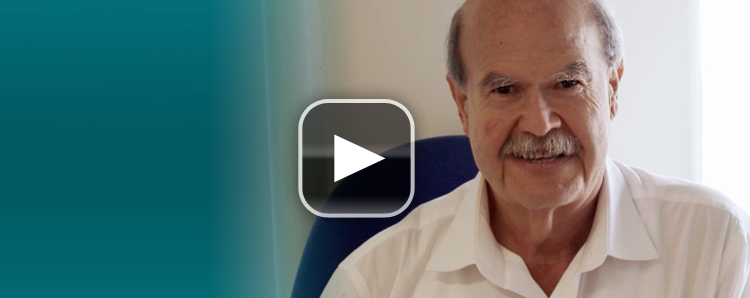
I had the chance to interview Prof. Grinstein after his talk ‘Visual Analytics: A Modern View of its Future and Research Opportunities’ at the University of Konstanz in June 2017, when he visited Prof. Daniel A. Keim and his project team within the SFB-TRR 161. In my interview he was answering questions like “Why is research in the field of computer science, data visualization and visual analytics so important?”, “What are the major risks of visualization and visual analytics in the future?”, “What do we have to teach our children to make them fit for the future world?”, or “What challenges does Georges Grinstein still have?”
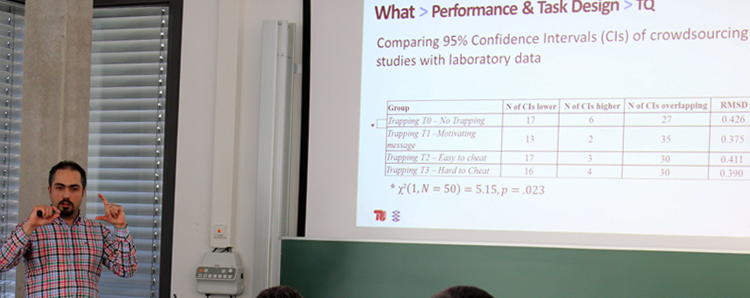
Members of the SFB TRR 161 have recently participated in an “Workshop on Crowdsourcing” at the University of Konstanz. The organizers, Franz Hahn and Vlad Hosu, introduced the use of CrowdFlower for quantitative user-studies. The intention was to get participants familiar with the platform and the basic concepts of crowdsourcing for user studies. All participants were able to design and run their own hands-on experiment, to get a better feel of the challenges and benefits of crowdsourcing.
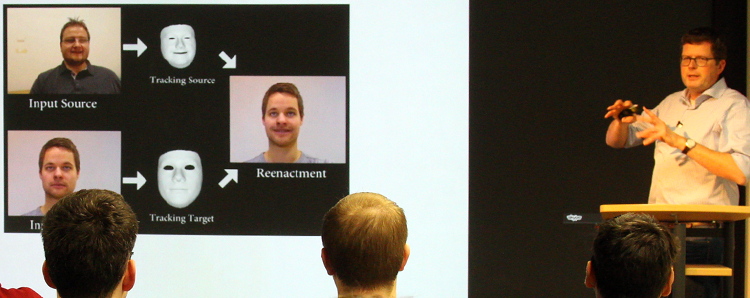
Last month there was a very impressive talk by Marc Stamminger, Professor for Computer Graphics at the University of Erlangen-Nürnberg, during the Lecture Series “Visual Computing” at the Universities of Konstanz and Stuttgart. Title of this presentation was “Is it real? Capturing and Modifying Reality”.
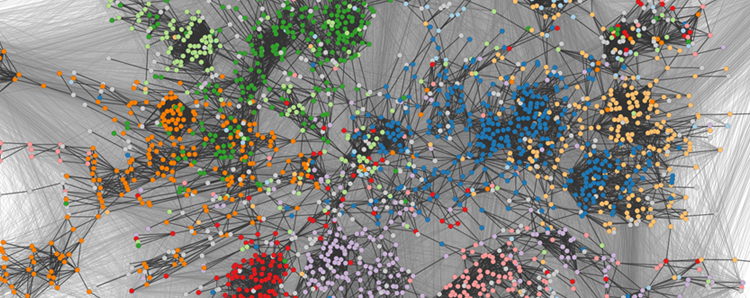
Can you imagine the social connections people had at the beginning of the 20th century? They had their family and a strong connection to neighbors. Most probably friends were living in the same village or in the next town. You could have painted a bubble for each person you knew on one sheet of paper and even would have had room enough to put the name in the middle – a network easy to analyze. One century later we are dealing with huge networks that allow us to model and study many real world phenomena since they are capable of representing pairwise relations between the items of interest. Arlind Nocajs’ graduate thesis “Untangling Networks: Focus on Less to See More” emphasizes certain aspects using various visualization techniques and graph drawing methods.